This guide provides the top 10 Nigeria states that have suffered the most from poverty with a comprehensive understanding of the economic and social conditions within each state:
READ ALSO: Top 10 Public Universities In Southern Nigeria (2024)
Rank | State | Poverty Rate | Capital | Region | Population (2023 est.) |
|---|---|---|---|---|---|
1 | Sokoto | 87.73% | Sokoto | North West | 5,520,314 |
2 | Taraba | 87.72% | Jalingo | North East | 3,268,783 |
3 | Jigawa | 87.02% | Dutse | North West | 5,828,181 |
4 | Ebonyi | 79.76% | Abakaliki | South East | 3,318,680 |
5 | Adamawa | 75.41% | Yola | North East | 4,248,436 |
6 | Zamfara | 73.98% | Gusau | North West | 4,515,427 |
7 | Yobe | 72.34% | Damaturu | North East | 3,294,137 |
8 | Kebbi | 60.11% | Birnin Kebbi | North West | 5,556,670 |
9 | Gombe | 62.31% | Gombe | North East | 3,506,243 |
10 | Bauchi | 61.53% | Bauchi | North East | 7,156,316 |
READ ALSO: Top 10 Smallest States In Nigeria By Land Area
1. Sokoto State
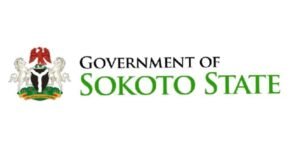
Sokoto State has the highest poverty rate in the country at 87.73%. The economy of the state is mainly based on agriculture, with more than 80% of its population involved in farming activities.
However, extreme weather conditions, with temperatures reaching as high as 45°C, make agriculture difficult. This affects food production and farming practices.
Sokoto’s agricultural challenges are further worsened by a lack of irrigation, which limits crop growth. Another issue plaguing Sokoto is security.
Many areas, especially Isa, Sabon Birnin, and Goronyo, have faced attacks by bandits, causing serious disruptions to farming activities. This has resulted in food shortages and growing economic problems.
The National Bureau of Statistics (NBS) also reports that unemployment, poor healthcare, and weak education systems contribute to the state’s poverty.
Although the government of Sokoto disputes these findings, arguing that various social programs show a healthier reality, the poverty rate still reflects severe challenges. The combination of poor infrastructure, economic instability, and safety concerns leaves Sokoto as the poorest state in Nigeria.
2. Taraba State
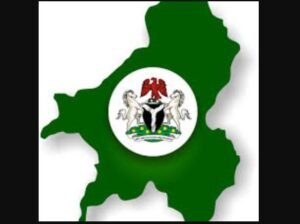
Taraba State is ranked second in Nigeria’s poorest state with a poverty rate of 87.72%. The state is located in the northeastern region, and its economy is heavily reliant on agriculture.
Taraba is known for producing cash crops like tea, coffee, and cotton, as well as groundnuts. Despite this potential for economic growth, many residents engage in subsistence farming, which provides limited financial returns.
This has led to a cycle of poverty that is hard to break. The state’s underdeveloped infrastructure, combined with insecurity from communal clashes and insurgencies has made It difficult for farmers to access their lands safely.
These security issues also disrupt the agricultural sector and have caused many farmers to abandon their work, leading to food shortages. Additionally, with a population of about 3.27 million people, access to education and healthcare is quite limited.
Government efforts to tackle poverty have often failed due to poor implementation and insufficient funding. Many residents leave Taraba in search of better opportunities in other parts of Nigeria.
READ ALSO: Top 10 Public And Private Universities In Northern Nigeria (2024)
3. Jigawa State
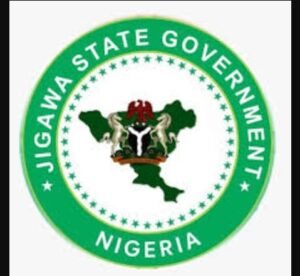
Jigawa State is the third poorest state, with a poverty rate of 87.02%. Created from Kano State in 1991, it has a population of approximately 5.83 million people. Like many other northern states, Jigawa’s economy depends on agriculture.
Its main crops include millet, sorghum, and cowpeas, but these crops face challenges due to insufficient rainfall and outdated farming methods. As a result, many residents struggle with food security.
Jigawa also suffers from high unemployment and poor access to quality education and healthcare. Although the state government has tried to boost agricultural production by providing farmers with better resources and training, corruption and poor management of these programs often derail their efforts.
Without significant reforms, the state’s potential for growth remains untapped. The persistent poverty in Jigawa, coupled with lack of investment in infrastructure, continues to limit the residents’ ability to improve their quality of life.
4. Ebonyi State

Ebonyi State has a poverty rate of 79.76%, ranking fourth in the country. The state’s economy is primarily agricultural, and with a population of 3.32 million, most residents rely on subsistence farming.
And, the limited income from small-scale farming offers little financial stability, forcing many people to move to neighboring states to seek better job opportunities. Ebonyi also faces severe infrastructural challenges, which worsen living conditions.
Roads, healthcare facilities, and schools are often inadequate, and It has limited access to essential services. These shortcomings contribute to high levels of poverty.
Environmental factors such as soil degradation also reduce agricultural productivity, which has made it hard for farmers to grow enough crops to sustain their families.
Though the state government has introduced several poverty alleviation programs, funding and inefficiency issues have hindered progress. The poor economic structure and underdevelopment in Ebonyi trap many residents in poverty, with little chance of escape.
5. Adamawa State
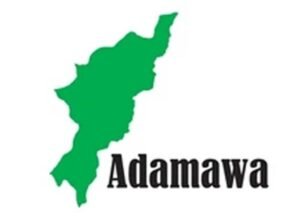
Adamawa State is ranked fifth among Nigeria’s poorest states, with a poverty rate of 75.41%. Located in the northeastern part of the country, Adamawa has a population of around 4.25 million people.
Its economy is largely based on agriculture, producing crops like maize and cassava. However, the Boko Haram insurgency has significantly disrupted life in the state, and It has affected both agricultural activities and community stability.
The ongoing violence has led to large-scale displacement of people, making it difficult for many residents to continue farming or sustain their livelihoods. Additionally, the state’s underdeveloped infrastructure, especially in rural areas, prevents meaningful economic progress.
Despite government efforts to address these issues through agricultural development programs and social welfare schemes, the security situation remains a major obstacle.
Without sufficient investment in security and infrastructure, Adamawa’s residents continue to face hardships, with many families living in poverty and uncertainty.
READ ALSO: Top 15 Biggest States In Nigeria By Land Area (2024)
6. Zamfara State
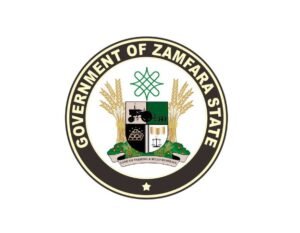
Zamfara State has one of the highest poverty rates in Nigeria, with 73.98% of its population living in poverty. The state capital is Gusau, and the population is about 4.52 million people.
Most of the people are of the Hausa ethnic group, and agriculture is the main occupation, with over 80% of the population involved in farming. However, due to insecurity caused by banditry and communal clashes, agricultural production has been severely disrupted.
The state also suffers from a tropical climate, with temperatures often exceeding 38°C (100.4°F), making farming more difficult. Another major problem is education. The percentage of out-of-school children increased from 41.1% in 2018 to 61.4% in 2022.
Zamfara also has high debt levels, with over N112 billion in combined domestic and external debt, limiting the government’s ability to fund development projects. Despite several government promises to reduce poverty and improve education and healthcare, very little progress has been made.
7. Yobe State
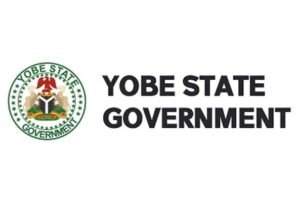
Yobe State ranks seventh among the poorest states in Nigeria, with a poverty rate of 72.34%. Like many states in northern Nigeria, agriculture is the backbone of Yobe’s economy. The state is famous for its cattle market in Potiskum, one of the largest in West Africa.
Despite this, Yobe faces significant challenges, particularly due to the Boko Haram insurgency. The insurgency has caused severe insecurity, which has led to the displacement of people and disruption of farming activities.
Yobe also suffers from poor infrastructure, including inadequate road networks and limited healthcare services.Many communities lack to clean water and electricity, which further affects their quality of life.
Regardless of efforts by the state government to launch poverty alleviation programs, the continued violence and lack of funding have hindered improvements. Most of Yobe’s residents live in extreme poverty and struggle to access basic services.
8. Kebbi State
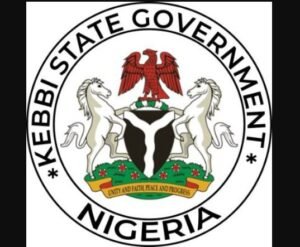
Kebbi State is in northwestern Nigeria and has a very high poverty rate of over 60.1%, which makes it one of the poorest states in the country. The capital, Birnin Kebbi, is known for farming, especially growing rice and millet. However, the state faces many economic problems.
There are not enough good roads, and access to electricity and healthcare is limited. These issues make it hard for businesses to grow and for foreign investors to come in.
Unemployment has also risen sharply, going from 6.2% in 2017 to over 17% by 2020. This increase shows the tough economic situation under Governor Atiku Bagudu, who has struggled with rising debt and not creating enough jobs.
Health conditions in Kebbi are concerning, with high rates of infant mortality. In 2015, there were 266 deaths per 1,000 live births among children under five.
The state government has started programs to reduce poverty and improve living conditions. However, many of these efforts face issues like poor governance and misuse of resources.
READ ALSO: What Is The Meaning Of EFCC And Its Functions
9. Gombe State

Gombe State, often called the “Jewel in the Savannah,” has a poverty rate of 62.31%. Agriculture is the main economic activity, with crops like maize and millet being cultivated. However, poor infrastructure is a major obstacle to economic growth.
Farmers struggle with inadequate road networks, which has made it difficult to transport their goods to markets. Gombe also faces high unemployment rates, especially among its youth.
Many young people find it hard to secure jobs even after completing their education. While the state has made efforts to improve access to education, the quality of schools remains poor, with a lack of facilities and resources.
Gombe’s economy is also hindered by limited electricity supply, which affects small businesses and industries. Additionally, the state is burdened with debt, and this has been challenging to invest in key sectors like education and healthcare.
10. Bauchi State
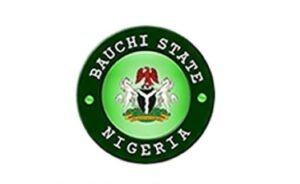
Bauchi State has a poverty rate of 61.53% and ranks tenth among Nigeria’s poorest states. The state’s economy is primarily based on agriculture, with many residents engaged in subsistence farming.
Livestock farming is also common in the state, but the income generated is often minimal. Factors like soil degradation and unpredictable rainfall make it harder for farmers to sustain their livelihoods.
The state’s infrastructure is poor, with limited access to good roads and electricity. This affects both agriculture and business activities, making it difficult for the economy to grow.
Healthcare services are also underfunded, and many residents lack access to proper medical care. Bauchi has tried to implement government programs aimed at reducing poverty, but these initiatives often fail due to corruption and poor management.
As a result, the state remains one of the poorest in the country, with many families living below the poverty line. Despite its challenges, Bauchi has the potential for development, but effective governance and better resource management are necessary for real change to take place.

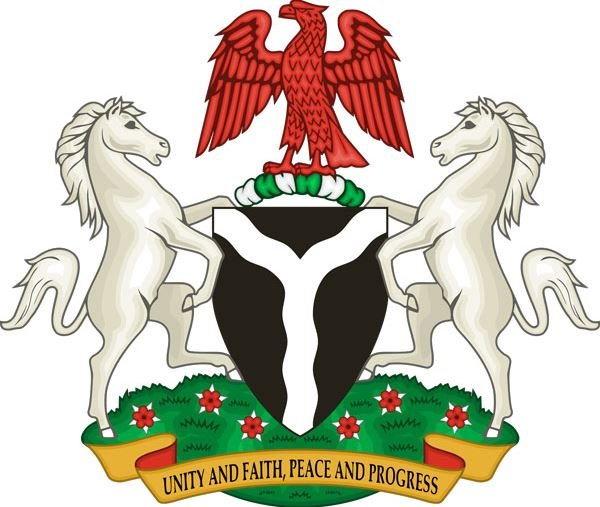
Why is ebonyi amoung the poorest state in nigeria
I wonder when some Northerner in East here don’t pay any tax to any state where they reside, Even house rent they are not paying,then it is Ebonyi people that are paying for everything where they reside that are among the poorest unbelievable.
Ebony is one of them now what is the resource in the States